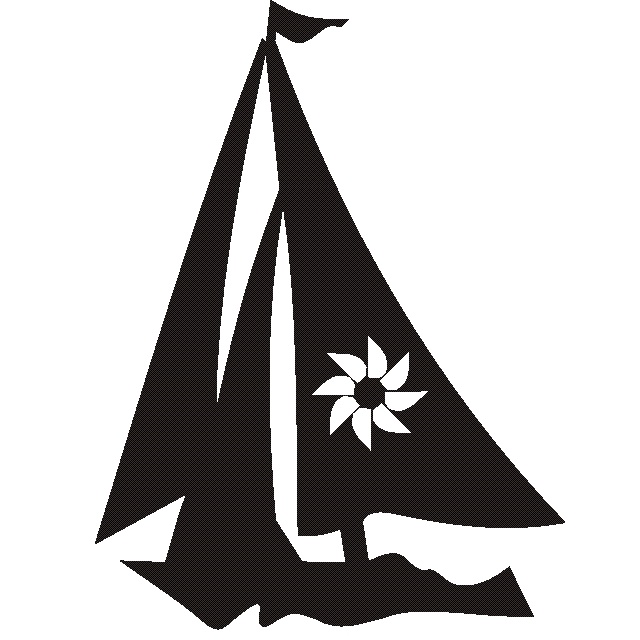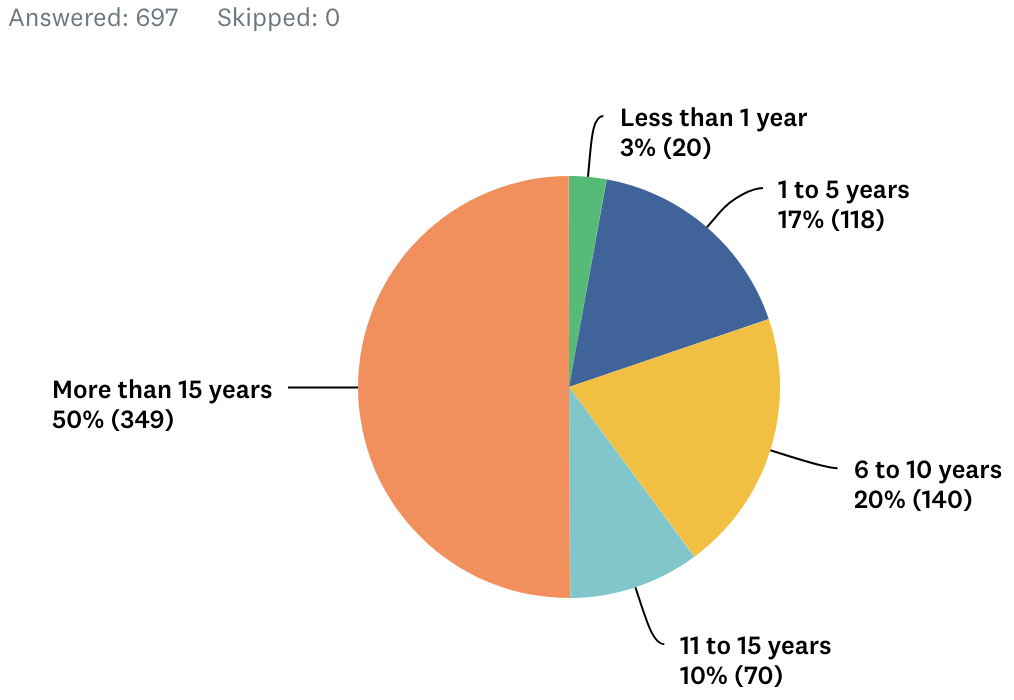2021 Assessment Fees and Budget II
Last month I provided an overview of the approved 2021 budget and a breakdown of the $735 quarterly assessment that most members will see next year. As a non-profit homeowners association, the primary goal of the budget is to balance the expected revenues from assessment fees, vacation rental permits, recreation passes, and other fees against our operating expenses and needed contributions to our various reserve accounts.
Ultimately, besides covering any increases in operating costs (all things being equal, costs tend to go up each year in line with inflation at a minimum), assessment fees have to make up for any expected shortfall in income from vacation rental permits, recreation passes, and the like.
As I had previously mentioned, going into the planning for 2021, we faced a shortfall in revenue from vacation rental permits and recreation passes (pool, tennis courts, and beach) due to Measure T going into full effect. The Board approved a Vacation Home Rental (VHR) permit fee of $525 for 2021 and agreed to prorate it monthly based on the expiration date of a homeowner’s City permit. Given we don’t know how many homeowners will choose to continue to vacation rent next year, the Board took a fairly conservative estimate for revenue from rental permits and recreation passes. Based on this estimate, we are expecting a $160,000 shortfall in income next year.
Also, the Board decided to reinstate the 50% reduction in Water Quality fees for 105 homeowners that do not reside on our waterways or Lake Tallac (and therefore do not receive weed harvesting services) and are not members of the Tahoe Keys Beach & Harbor Association. We felt that these homeowners truly do not benefit from our water quality efforts as much as other homeowners. The result of this was a $21,000 shortfall in Water Quality revenue for 2021 compared to 2020.
As you can see, before we even got started looking at any expense increases, we were already in a $181,000 hole, which would require over a 4% increase in assessment fees to offset.
On top of this, our 30-year reserve plans (approved as part of the 2020 budget) projected the following increases in contributions to reserve accounts for 2021:
- 10% increase for Common, or about $34,000.
- 25% increase for Channels & Lagoons, or about $87,000.
- 10% increase for Water Company, or about $46,000.
- And finally, a 50% increase for Water Quality, or about $101,000.
That’s another $268,000, which would require a 6.5% increase in assessment fees.
Without factoring in any increase in operating costs, we were faced with over a 10% jump in assessment fees for 2021 out of the gate unless we could find ways to eliminate or reduce costs.
Staff, the Finance Committee, and the Board went to work reviewing operating costs, staffing levels, and services to identify ways to save money. The Board approved the following savings as part of the 2021 budget:
- $2,748 due to a reduction in insurance premiums (a pleasant surprise after significant increases for the last couple of years).
- $23,759 by reducing the days the outdoor pool is staffed (eliminating the outdoor pool attendant Monday to Thursday).
- $4,000 from expected electricity savings due to the installation of LED streetlights this year (kudos to Dan Larson from our Water Company for finding a way to save money).
- $8,717 thanks to the reduced usage of pool chemicals given less VHR guests.
- $6,359 from reduced Front Desk weekend hours (8 hours versus 16 hours currently).
- $2,956 by holding Board Meetings on a weekday, not on Saturday.
- $13,394 from starting security patrols at 10 am (versus 8 am currently).
- $47,337 by closing the indoor pool one day a week (Tuesday) for 32 weeks during the offseason.
- $52,047 from implementing a wage freeze for all TKPOA staff in 2021 except for State mandated minimum wage increases.
- $49,784 by not hiring an Administrative Clerk.
These savings and numerous other efficiencies identified by Staff helped offset the expected reduction in revenues resulting in just a 6.1% increase for 2021.
Even though our assessment fees will increase next year, if you dig into the savings above, you’ll see that our Common operating expenses are budgeted to decrease by over $250,000 next year compared to the 2020 budget. That’s nearly an 11% decrease.
Our Water Company operating expenses, however, will increase by around $24,000, or 3.7%. While this is partially due to rising labor and material costs, the increase is more because we need to make up for cash deficits from previous years that have reduced our operating cash for the Water Company below the level recommended by our Auditors. Our Water Company only had $28,000 in cash as of September, significantly below the recommended amount needed to pay monthly expenses that average $54,800 per month. The Board decided to replenish our Water Company’s operating cash by $55,000 over the next two years to ensure we have sufficient funds month-to-month.
Water Quality sees the most significant increase of over $76,000, or 14.5%. Over $30,000 of this is due to an expected increase in legal fees resulting from actions taken by the TKM&YC. Around $88,000 is for increases in wages and benefits due to additional Water Quality staffing. This wage increase is partially offset for 2021 by a credit of $36,240 approved as part of the Water Quality Special Assessment 2nd Payment to fund two additional technicians year-round.
If we turn our attention to our reserves, you’ll see that the Common reserve contribution increases by 10%, adding an additional $34,000 next year and subsequent years. As a result of this increase (along with a review of necessary reserve projects), the 30-year reserve plan shows a low cash position of $698,000 in 2023 compared to a low cash position of $305,000 based on the 2020 reserve plan. Unfortunately, this plan doesn’t consider the expected cost increases related to our new Corporation Yard facilities. A Board subcommittee will be reviewing this project before it proceeds further.
Looking at our Water Company reserve, the contribution will increase by 4%, adding an additional $17,000 next year and in subsequent years. This increase, along with some project adjustments, results in a 30-year reserve plan with a low cash position of $600,000 in 2022. A little better than the $500,000 that was projected back in the 2020 budget. Unfortunately, this doesn’t factor in costs associated with dealing with the PCE contamination endangering our wells. While, as per past Boards, the costs associated with dealing with this contamination have been viewed as requiring a special assessment, it is the opinion of this Board that the time has come to face this problem. Steps are underway to investigate, evaluate, and identify the best way forward so that our Water Company can start to take the necessary actions to deal with this issue.
Our Water Quality reserve contribution will stay relatively flat for next year, partially thanks to the Water Quality Special Assessment 2nd Payment that helped fund several reserve expenditures. Based on the 30-year reserve plan, the Water Quality low cash position is projected to be $342,000 in 2021. The plan does not consider the costs of the small-scale herbicide control methods tests that we hope to get approved early next year. These tests will be funded by the Water Quality Special Assessment 3rd Payment.
And finally, our Channels & Lagoons reserve contribution sees the most significant increase of nearly 25%, adding an additional $85,000 next year and in subsequent years. The Association set up this reserve account a few years ago to separate funding for bulkhead maintenance, repair, and replacement, along with the dredging of our channels from our Common reserve. As you may be aware, we are in the process of replacing one of the East Channel bulkheads, and we are expecting that we’ll need to dredge our west channel again in 2025. Even after this increase, based on our 30-year reserve plan, the Channels & Lagoons low cash position is projected to be $38,000 in 2025. Of course, this could change depending on the timing and costs of any dredging.
For more details on the 2021 annual budget, please see the TKPOA website (http://www.tkpoa.com/), where the entire budget and related information is available.
I hope this deeper dive helps shed light on the makeup of the 2021 budget and how even after significant cost reductions in many areas, the quarterly assessment fees have increased. As I stated in my previous update, the Board and Staff remain committed to finding additional efficiencies and savings from here on out; our efforts don’t stop just because the budget has been set. I want to encourage all homeowners to help us find ways to be smarter with your money. Feel free to email me if you have any suggestions.




Responses